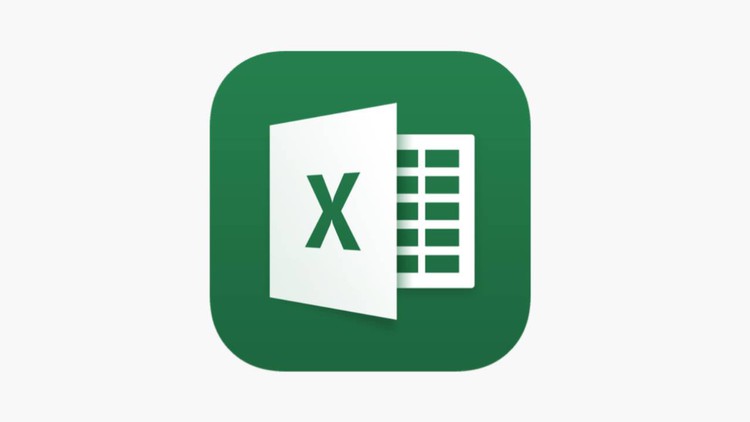I’ve had this conversation far too many times—it’s a pattern I’ve seen over the years, each time taking on a new variation but always orbiting the same absurd core. Let me give you a hypothetical scenario, but one that closely mirrors the kind of exchange I encounter regularly.
So, after one of my demonstrations, my colleague says, “But that’s not Excel.”
I ask, “How? What do you mean?”
They respond, “That’s database work.”
I clarify, “The database is simply holding the table. Instead of storing the table in Excel, it’s centrally located in a database. How else would you have a table that’s independent of any spreadsheet but serving multiple spreadsheets for updates and queries?”
Yet, they persist: “That’s still not Excel.”
The absurdity of this exchange stems from the fact that many people have locked themselves into a narrow definition of what constitutes “Excel.” In their mind, Power Query is Excel, and anything that requires stepping beyond it—such as database integration—is not Excel. So, I ask a simple question:
“Define what you mean by Excel.”
The response usually boils down to: “Anything that ships with Excel is Excel.”
Great. But here’s where the conversation gets interesting. By that definition, ADO (ActiveX Data Objects) is Excel, too. But most people don’t know what ADO is, or that it has shipped with Excel—and Windows, and Office, and many other Microsoft products—for decades.
ADO allows Excel to connect with other applications and databases, creating seamless workflows across platforms. And yet, for some reason, integrating this component—shipped by Microsoft alongside Excel—feels like cheating in the eyes of my colleague. This feature has been part of the Microsoft ecosystem for around 30 years, enabling the very same type of data interaction that I’m demonstrating. So, by their own definition, ADO is Excel.
Why the Pushback?
But here’s the real kicker: why the strong desire to reject this solution? A well-known Excel influencer, for instance, offers some common objections:
- “What happens if I leave?”
- “This is a different world than my world of Excel.”
- “It doesn’t ship with Excel.” (Wrong, ADO does!)
These objections often crumble when examined in detail. But what fascinates me more is the reason behind this rejection. Why is someone so keen to dismiss something that is not only a proven, money-making solution but also one that has existed within Excel for years?
Is it professional envy? I doubt it. It’s more likely that the resistance comes from a deep investment in a particular direction. Imagine dedicating years of effort to mastering and promoting a specific method, believing that this is where the goldmine lies. Then someone else comes along and shows, spectacularly, that the real goldmine is somewhere else—using tools that have been available long before that person’s journey began.
That’s a tough pill to swallow.
The Danger of Sticking to Outdated Directions
When someone builds a career or reputation by advocating a specific solution—say, using Power Query or another Excel feature exclusively—it’s understandable that they might feel threatened when someone demonstrates a more powerful or scalable approach. It can feel like your expertise is being superseded, and that’s frustrating.
But here’s the reality: If the goldmine is over here, it doesn’t matter how long you’ve been digging over there. The people who find the new goldmine are already selling the gold, cashing in, and moving forward. Meanwhile, you’re left insisting that the old direction is still where the gold is, despite all evidence to the contrary.
In business, solutions are measured by the results they produce. I’ve made money for my clients by using ADO and other database integration techniques within Excel. The goldmine is real. It works. Yet some still stand on the sidelines, saying, “But that’s not Excel.”
Excel is hard to define as it has no boundaries.
A Broader Perspective
This debate often highlights a bigger issue in the world of Excel professionals—an unwillingness to embrace the full breadth of tools that have been part of the Excel ecosystem for years. When we confine ourselves to what’s popular, or what’s comfortable, we miss out on the very solutions that could multiply our success. What’s even more absurd is that these tools do ship with Excel, even if they aren’t on the front cover of the marketing brochures.
So, the next time someone tells you, “That’s not Excel,” ask them what they mean. The odds are, they’ve built their definition around a limited understanding of what Excel can actually do. Meanwhile, you’ll be the one mining the real gold.




Add comment